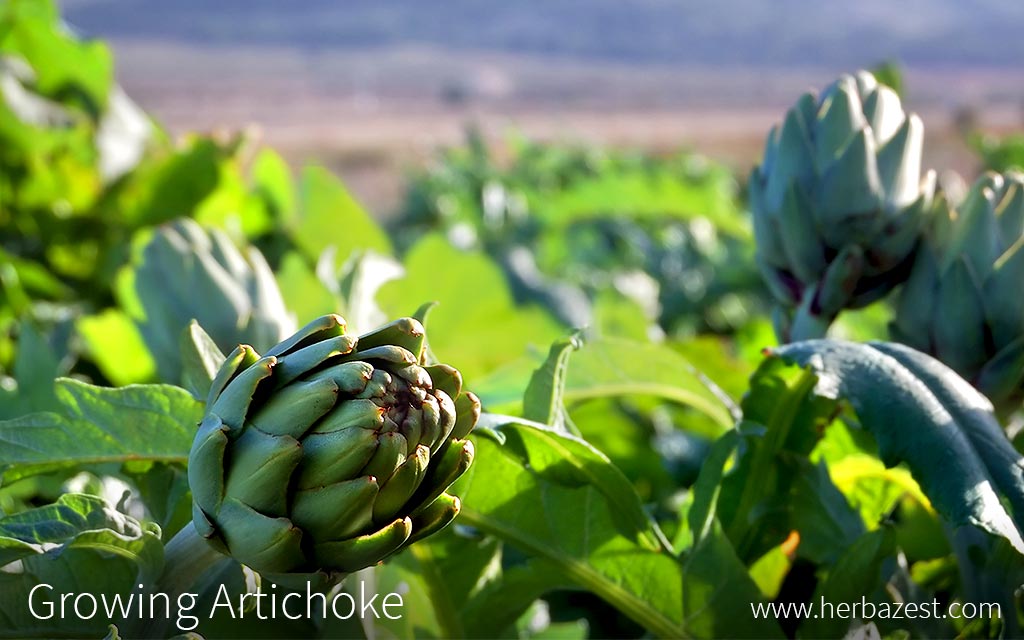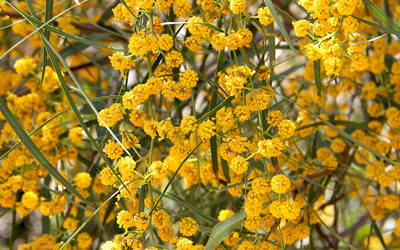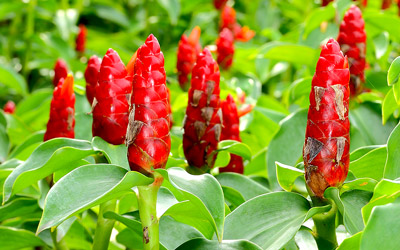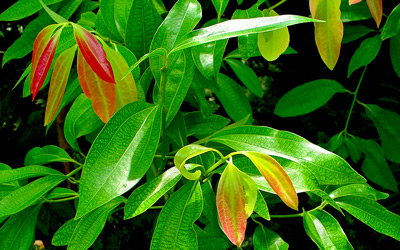Artichokes are not only delicious and nutritious, but also boast medicinal properties. Because they are low-demanding and even ornamental plants, artichokes make a great addition to a home garden. However, they will thrive under some specific conditions. These easy to follow growing guidelines will help you to cultivate healthy artichokes.
1. Preparing the Soil
Artichoke will grow in just about any soil, as long as it is fertile, well-drained, and rich in organic matter. Avoid planting artichoke in sandy soils that drain too quickly. While artichoke is moderately salt tolerant, high levels of salt will hinder the plant's growth and fruit production.
Artichoke has deep roots, so it is recommended to deeply till the soil before planting. Mix the soil with compost and add phosphorus fertilizer at about 8 - 10 inches (20 - 25 cm) deep to make it readily available to the roots. In limy areas, you may also add sulfur to temporarily lower alkalinity (pH).
2. Planting
Planting Artichoke Outdoors
When growing artichoke outdoors, it is recommended to start it in early April from divisions (basal stem pieces with roots). Growing artichoke from seed is difficult because the results are highly variable. Additionally, seeds should germinate indoors for approximately 8 - 10 weeks before being transplanted outside.
Plant artichoke divisions two to three feet (60 - 90 cm) apart in rows that are three to four feet (90 - 120 cm) apart. After the plant has been harvested, cut it at the base and cover it with a thick layer of leaves in order to increase the chance of dormancy during the cold season. This is especially important if you live in a region that freezes during the winter. An alternative option is to dig up the artichoke roots and store them in a cool location until springtime.
3. Plant Care
Watering
Artichokes require plenty of water for maximum growth, but also well-draining soil. Though artichoke plants can survive drought, they will not produce well without consistent soil moisture. The lack of water will inhibit the growth of the plant and its fruits and can result in very tough artichokes that bloom prematurely.
If possible, regulate your artichoke plants' water supply by employing a drip irrigation system.
Fertilizing
Artichoke plants will grow best if they are fertilized regularly. Before planting artichoke, test the soil and improve it if necessary in order to ensure that the plant gets adequate nutrients.
If you are unable to test the soil, there are some general fertilization recommendations that you can follow:
Before planting. After mixing composted manure into the soil, add phosphorus and nitrogen.
As artichoke grows. Apply a liquid application of calcium and zinc fertilizer every two weeks during the early spring.
Weed Control
It is recommended that you mulch around artichoke plants in order to retain moisture and prevent the growth of weeds. It is especially important that you remove any weeds during the early stages of artichoke growth, as weeds will compete with the susceptible young plant for water.
4. Pest & Disease Control
Pests
Some common pests that affect artichoke growth include slugs, snails, and aphids. Slugs and snails can easily be controlled by employing beer traps or sawdust, eggshell, or copper tape barriers. To control aphids, wash the plants as needed with a hard stream of water. You may also use a pyrethrum insecticide or fish oils.
Diseases
The most common diseases affecting artichoke include powdery mildew and leaf spot. Both attack the foliage and bud bracts, causing the leaves to wilt and turn brown. There are no nationally-registered fungicides to treat these diseases. However, it is recommended that you plant artichoke in areas with good airflow and well-drained soil, and do not overcrowd plants. By taking these measures, you can help to prevent fungal growth.
5. Harvest
An artichoke plant will begin producing buds 60 - 100 days after transplanting. However, bud production will be sporadic, so each plant should be checked continually for new buds. Artichoke buds are harvested when they are approximately the size of a golf ball. They will have reached maximum size but have not started to bloom. The bud will have also changed color slightly, from a bright green to a darker green.
To harvest artichoke, cut the stem about two inches (5 cm) below the bud base. Be careful not to bruise the artichoke petals when harvesting. After the main buds are harvested, secondary buds may appear and can be harvested when they reach the appropriate size.
6. Storage
After harvesting, artichokes should either be used immediately or refrigerated as soon as possible. When stored at a temperature of 32°F (0°C), artichokes can last for up to two weeks. If allowed to mature, the artichoke buds will become overly-fibrous and unpalatable.





